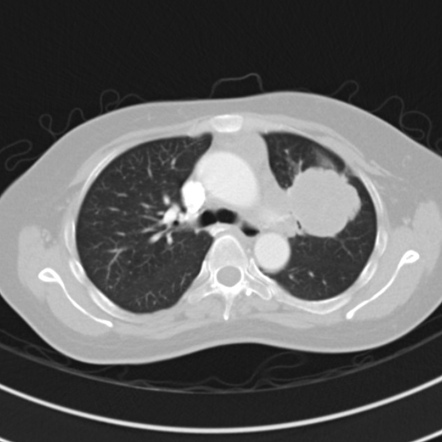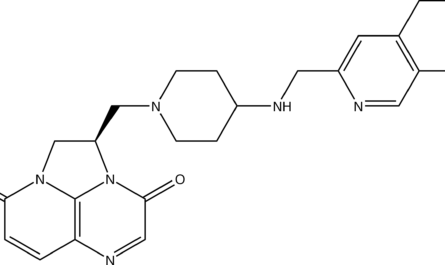Scientists from the Organoid Group at the Hubrecht Institute and the Rare Cancers Genomics Team at the IARC/WHO have successfully grown samples of various types of neuroendocrine tumors (NETs) in the laboratory. During the development of their new model, the researchers made an intriguing discovery – some pulmonary NETs require the presence of the Epidermal Growth Factor (EGF) protein to grow. This finding suggests that these tumors could potentially be treated using inhibitors that target the EGF receptor. The study results were published in Cancer Cell on 11 December 2023.
NETs are relatively rare tumors that can vary in terms of growth rate. While some NETs are slow-growing, others are aggressive and pose challenges in terms of treatment. At present, there are limited laboratory models available for studying NETs, which hinders research efforts on this specific type of tumor.
Motivated by this limitation, the researchers from the Organoid Group at the Hubrecht Institute and the Rare Cancers Genomics Team at the IARC/WHO set out to develop new models for studying NETs. They obtained cells from patients with NETs and successfully cultured them into 3D structures called organoids. These organoids closely mimic the behavior and characteristics of actual NETs, providing a viable tool for studying these tumors in the laboratory. This new model represents the first organoid model for NETs.
During the development of the organoids, the researchers made an interesting observation – certain pulmonary NETs rely on the presence of the Epidermal Growth Factor (EGF) protein for their growth.
“The organoids dependent on EGF for their survival seemed to die when we inhibited the EGF receptor. This suggests that patients with EGF-dependent NETs could potentially benefit from treatment with inhibitors of the EGF receptor,” says Talya Dayton, co-first author of the study published in Cancer Cell. It is important to note that further research is required to validate these findings. However, inhibitors targeting the EGF receptor are already utilized as a treatment approach for other types of tumors.
Traditionally, tumors have been considered independent of growth factors. Therefore, the discovery of certain NETs being dependent on the growth factor EGF is intriguing. “We believe that the dependence on EGF might explain why some of these tumors exhibit slow growth. Additionally, it is possible that NETs can become more aggressive by acquiring independence from growth factors. If they no longer rely on growth factors like EGF, their growth rate may accelerate,” explains Dayton.
The development of the new organoid model for studying NETs opens up an exciting avenue for further research. Dayton highlights the significance of this breakthrough, stating, “This model enables us, as well as other scientists, to gain a deeper understanding of the biology of these tumors, with the ultimate goal of identifying effective therapies.” Although additional investigations are necessary, this model holds promising potential for a new treatment approach for patients with pulmonary NETs.
*Note:
1. Source: Coherent Market Insights, Public sources, Desk research
2. We have leveraged AI tools to mine information and compile it




